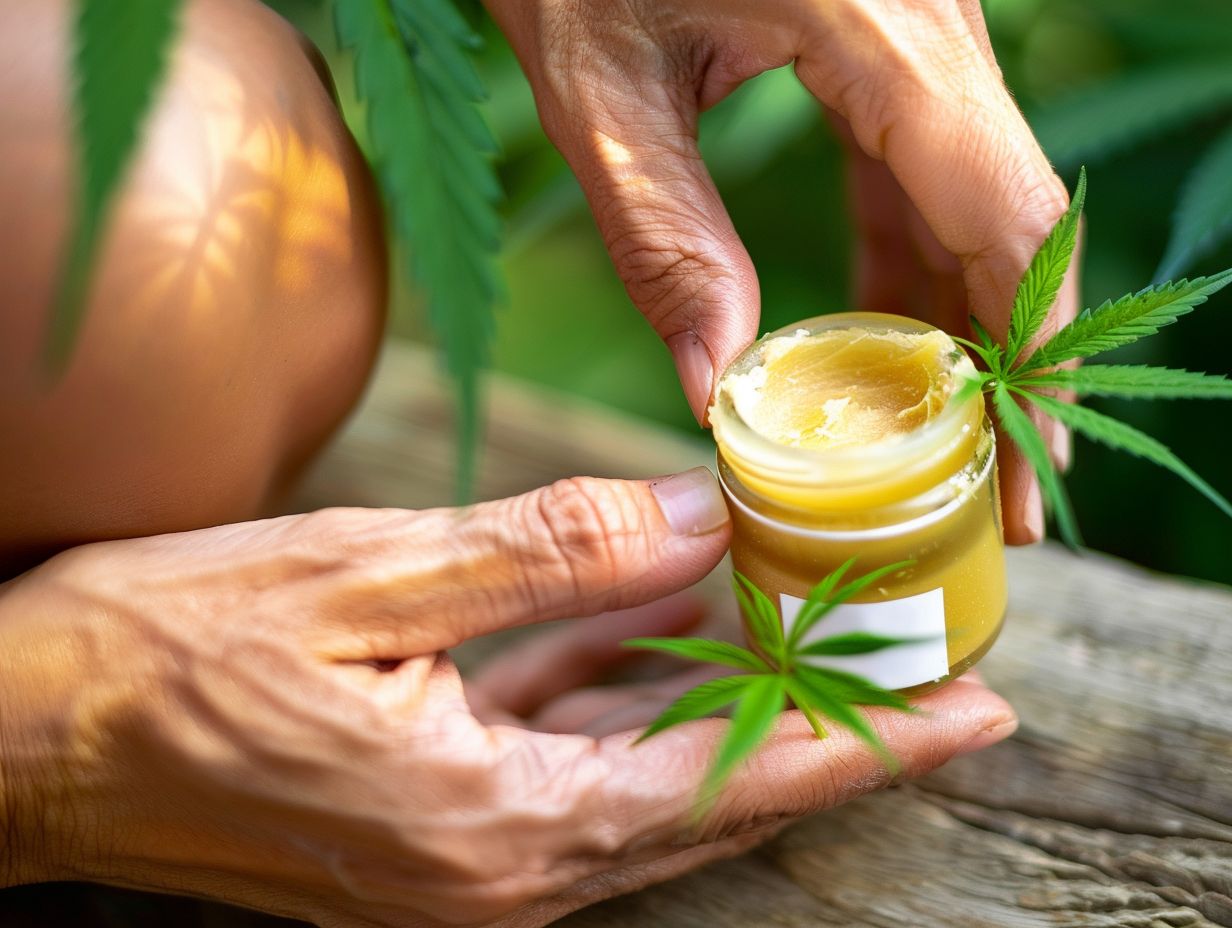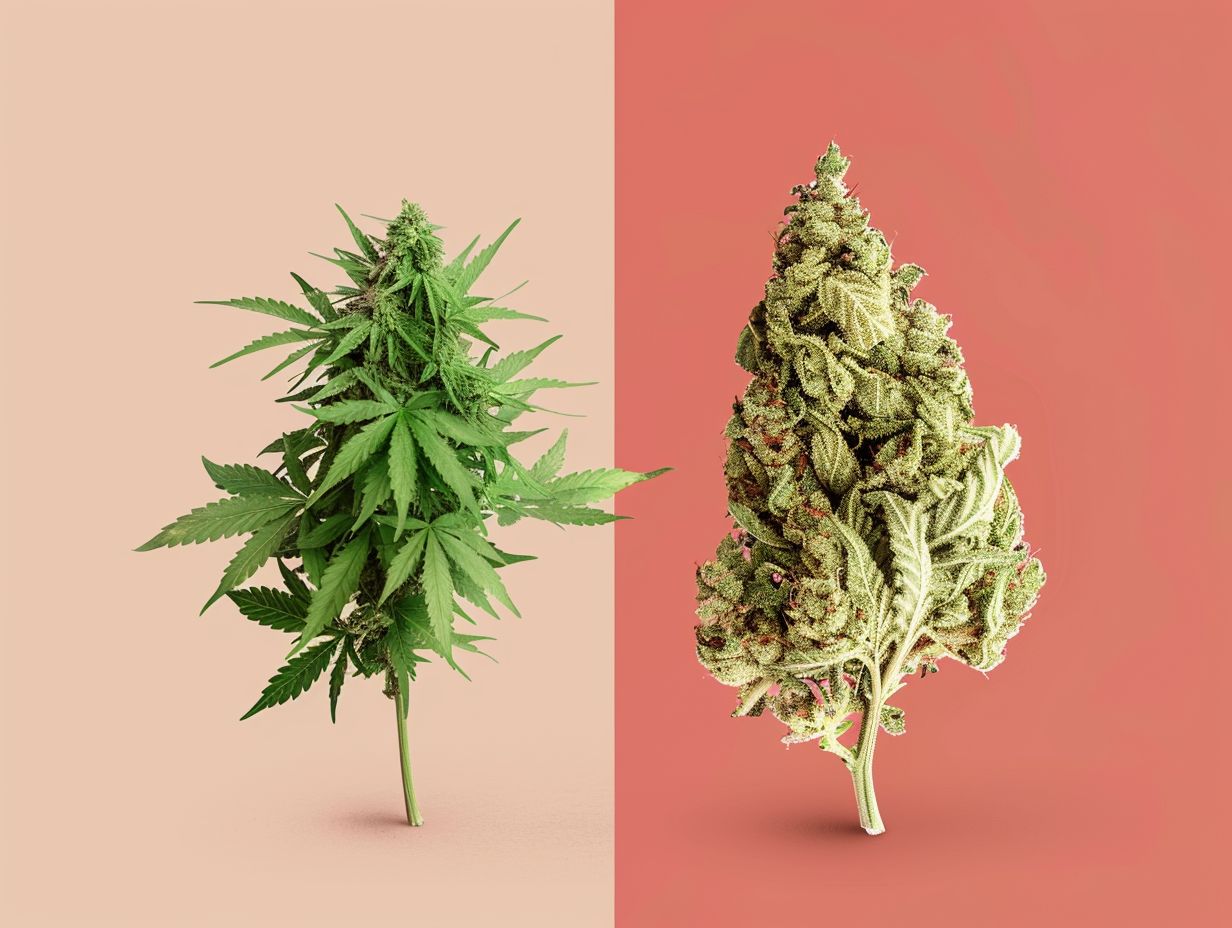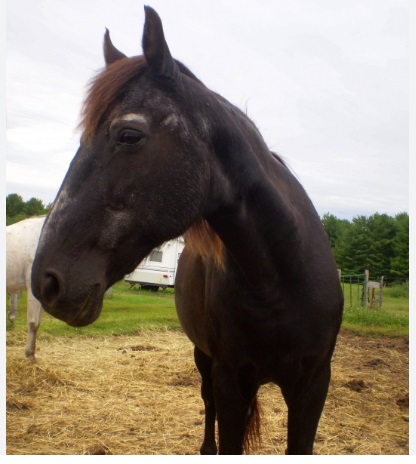Arthritis is a common and often painful condition that affects horses of all ages and breeds. It is characterized by inflammation of the joints, leading to stiffness, lameness, and decreased mobility. While traditional treatments such as non-steroidal anti-inflammatory drugs (NSAIDs) and joint supplements can be effective, many horse owners are turning to natural remedies to manage their horse’s arthritis. In this article, we will explore the causes, symptoms, and treatment options for arthritis in horses, with a specific focus on natural remedies.

What is Arthritis in Horses?
Arthritis, also known as osteoarthritis or degenerative joint disease, is a condition in which the protective cartilage in the joints wears down, causing inflammation and pain. This can lead to lameness, stiffness, and decreased range of motion.
What Causes Arthritis in Horses?
There are several factors that can contribute to the development of arthritis in horses, including:
- Age: As horses age, their joints naturally experience wear and tear, making them more susceptible to arthritis.
- Weight and Conformation: Horses that are overweight or have poor conformation can put extra strain on their joints, leading to arthritis.
- Genetics: Some horses may have a genetic predisposition to developing arthritis.
- Joint Injuries: Previous injuries to the joints, such as fractures or tears, can increase the likelihood of developing arthritis.
What are the Symptoms of Arthritis in Horses?
The most common symptoms of arthritis in horses include:
- Lameness: This can be seen as a stiff or uneven gait, reluctance to move, or difficulty picking up a specific lead.
- Stiffness: Horses with arthritis may show signs of stiffness, especially when starting to move after rest.
- Swelling: Inflammation in the joints can cause swelling and heat in the affected area.
- Decreased Range of Motion: Arthritis can limit a horse’s ability to bend or flex their joints, resulting in decreased range of motion.
How is Arthritis in Horses Diagnosed?
A veterinarian will perform a physical exam and may also take X-rays or perform joint fluid analysis to confirm a diagnosis of arthritis in horses.
What Are the Treatment Options for Arthritis in Horses?
Traditional treatment options for arthritis in horses include NSAIDs, joint supplements, physical therapy, and alternative therapies such as acupuncture. However, many horse owners are also turning to natural remedies to help manage their horse’s arthritis.
What Are Some Natural Remedies for Arthritis in Horses?
Some natural remedies that may help manage arthritis in horses include:
- Omega-3 Fatty Acids: These healthy fats have anti-inflammatory properties and can help reduce joint pain and inflammation.
- Glucosamine and Chondroitin: These supplements can help promote joint health and reduce inflammation.
- Turmeric: This spice has powerful anti-inflammatory properties and may help alleviate pain in arthritic horses.
- Massage and Acupuncture: These alternative therapies can help improve circulation and reduce pain in arthritic joints.
As with any health condition, it is important to consult with a veterinarian before starting any new treatment, including natural remedies, for arthritis in horses. With the right combination of treatments, including natural remedies, you can help your horse find relief and improve their quality of life.
Key Takeaways:
Adding omega-3 fatty acids to a horse’s diet can help reduce inflammation and pain associated with arthritis. Glucosamine and chondroitin supplements may help improve joint health and reduce symptoms of arthritis in horses. Alternative therapies such as massage and acupuncture can provide relief from arthritis pain and stiffness in horses.
What is Arthritis in Horses?
Arthritis is a common condition in horses that causes inflammation and degeneration of the joints, leading to pain, stiffness, and decreased mobility. It can affect horses of all breeds and ages. The most prevalent type of arthritis in horses is osteoarthritis, which is caused by wear and tear on the joints over time. Other forms include infectious arthritis and immune-mediated arthritis. To effectively manage arthritis in horses, there are various natural remedies available, such as herbal supplements, acupuncture, and physical therapy. It is crucial to consult with a veterinarian to determine the most suitable treatment plan for each individual horse.
In the early 1900s, a renowned racehorse named Seabiscuit developed arthritis in his knees, which posed a threat to his racing career. His owner, Charles S. Howard, explored various natural remedies, including hot and cold therapy, massage, and exercise. With these treatments, along with careful training and a balanced diet, Seabiscuit not only recovered from arthritis but also became one of the most beloved and successful racehorses in history. His story inspired numerous horse owners to consider natural remedies for arthritis in their own horses.
What Causes Arthritis in Horses?
Arthritis is a common condition that affects horses of all ages and breeds. However, understanding the underlying causes of this degenerative joint disease is crucial in finding effective treatment and management strategies. In this section, we will explore the various factors that can contribute to the development of arthritis in horses. From age-related changes to genetic predispositions, we will delve into the key factors that play a role in causing this condition. Additionally, we will also discuss the impact of weight, conformation, and joint injuries on the onset of arthritis in horses.

1. Age
The age of a horse is a significant factor in the development of arthritis. As horses age, their joints naturally experience wear and tear, leading to degenerative changes. Here are some steps to consider regarding age and arthritis in horses:
- Monitor the horse’s age and be aware that older horses are more prone to arthritis.
- Implement regular veterinary check-ups to detect any signs of arthritis early on.
- Provide appropriate nutrition and supplements to support joint health.
- Manage the horse’s workload and exercise routine to avoid excessive strain on the joints.
- Consider implementing preventive measures, such as joint injections, in consultation with a veterinarian.
Remember, preventative measures and early detection are key to managing arthritis in horses. Consult with a veterinarian for personalized advice on managing arthritis based on the horse’s age and individual needs.
2. Weight and Conformation
Weight and conformation are crucial factors in the development of arthritis in horses. When a horse is overweight, it puts excessive strain on its joints, increasing the risk of wear and tear. Moreover, poor conformation, such as uneven weight distribution or abnormal limb alignment, can also contribute to joint stress. Therefore, it is essential for horse owners to carefully monitor their horse’s weight and ensure proper conditioning to alleviate stress on the joints. Regular exercise, a balanced diet, and appropriate hoof care are key in maintaining a healthy weight and conformation, ultimately reducing the likelihood of arthritis. It is always recommended to seek personalized advice from a veterinarian.
3. Genetics
Genetics plays a significant role in the development of arthritis in horses. Here are some steps to understand its impact:
- Identify the breed: Certain breeds are more prone to arthritis, such as Thoroughbreds and Warmbloods.
- Look for hereditary factors: Research the horse’s lineage for any history of joint issues or arthritis.
- Consider genetic testing: DNA testing can provide insights on specific gene mutations associated with arthritis susceptibility.
- Make informed breeding decisions: Avoid breeding horses with a higher risk of passing on genes related to arthritis.
4. Joint Injuries
Joint injuries are one of the leading causes of arthritis in horses. These injuries can happen due to accidents, falls, or overexertion during exercise or competition. The damage to the joint can cause inflammation and harm to the cartilage, which can eventually lead to the development of arthritis.
It is crucial to promptly and properly treat joint injuries to reduce the chances of developing arthritis. This may involve seeking veterinary care, allowing for rest, participating in rehabilitation, and sometimes even undergoing surgery. Prevention is also key, which can be achieved through proper conditioning, warm-up exercises, and avoiding excessive strain on the joints during activities.
What are the Symptoms of Arthritis in Horses?
Arthritis is a common ailment in horses that can cause significant discomfort and affect their overall performance. It is important for horse owners to be aware of the symptoms of arthritis in order to provide proper care and treatment. In this section, we will discuss the various signs that may indicate your horse is suffering from arthritis, including lameness, stiffness, swelling, and decreased range of motion. By recognizing these symptoms, you can take the necessary steps to alleviate your horse’s discomfort and improve their quality of life.
1. Lameness
Lameness in horses can be a sign of arthritis, a condition characterized by joint inflammation. To address lameness caused by arthritis, the following steps can be taken:
- Consult a veterinarian to assess the severity of lameness and determine if it is due to arthritis.
- Implement a treatment plan, which may include medications like non-steroidal anti-inflammatory drugs (NSAIDs) to reduce pain and inflammation.
- Consider joint supplements containing glucosamine and chondroitin to support joint health.
- Explore physical therapy options, such as controlled exercise and rehabilitation exercises, to improve joint mobility and strength.
- Explore alternative therapies like massage and acupuncture to provide additional pain relief and promote healing.
By following these steps, horse owners can effectively manage lameness caused by arthritis and improve the horse’s overall comfort and mobility.
2. Stiffness
Stiffness is a common symptom of arthritis in horses. To effectively manage this condition, it is important to recognize and address stiffness promptly. Here are steps to manage stiffness in horses with arthritis:
- Ensure proper warm-up and cool-down routines before and after exercise.
- Incorporate regular low-impact exercises like walking and stretching into the horse’s routine.
- Provide a comfortable and well-padded resting area for the horse.
- Consider using joint supplements or medications prescribed by a veterinarian to reduce inflammation and improve joint mobility.
- Implement a consistent exercise program tailored to the horse’s condition and capabilities.
3. Swelling
Swelling is a common symptom of arthritis in horses. To address this issue, follow these steps:
- Apply cold therapy: Use ice packs or cold water soaks to reduce inflammation and swelling.
- Use compression: Wrap the affected area with a bandage to provide support and reduce swelling.
- Elevate the affected limb: If possible, elevate the leg to encourage fluid drainage and reduce swelling.
- Administer anti-inflammatory medication: Consult a veterinarian to determine the appropriate medication for reducing swelling in your horse.
Pro-tip: Regular monitoring of swelling can help track the progress of treatment and make necessary adjustments to the management plan.
4. Decreased Range of Motion
Decreased range of motion is a common symptom of arthritis in horses and can greatly impact their mobility and overall well-being. To address this issue, there are several steps that can be taken:
- Consult with a veterinarian to diagnose the underlying cause of the decreased range of motion.
- Develop a tailored exercise and stretching program to help improve joint flexibility.
- Incorporate regular controlled exercise, such as walking or trotting, to encourage joint movement.
- Consider the use of joint supplements, such as glucosamine and chondroitin, to support joint health and reduce inflammation.
- Explore alternative therapies, such as acupuncture or massage, which can help alleviate stiffness and improve range of motion.
By following these steps and working closely with a veterinarian, horse owners can address the issue of decreased range of motion and help their animals regain comfort and mobility despite the challenges posed by arthritis.
How is Arthritis in Horses Diagnosed?
Diagnosing arthritis in horses involves a combination of observation, physical examination, and diagnostic tests.
- Observation: Look for signs of lameness, stiffness, swelling, or heat in the affected joints.
- Physical examination: Palpate the joints to check for pain, assess the range of motion, and observe the horse’s gait.
- Diagnostic tests: X-rays can reveal changes in the joints, while ultrasound or MRI scans can provide more detailed information about the soft tissues.
- Joint fluid analysis: Aspiration and analysis of joint fluid can help confirm the presence of arthritis and determine its severity.
What Are the Treatment Options for Arthritis in Horses?
Arthritis is a common ailment among horses, and it can greatly impact their quality of life. While there is no cure for this degenerative joint disease, there are various treatment options available to help manage its symptoms and slow its progression. In this section, we will discuss the different approaches to treating arthritis in horses. From traditional methods such as non-steroidal anti-inflammatory drugs and joint supplements, to alternative therapies like physical therapy and acupuncture, we will explore the various options horse owners have to provide relief for their equine companions.
1. Non-Steroidal Anti-Inflammatory Drugs
Non-steroidal anti-inflammatory drugs (NSAIDs) are commonly prescribed to treat arthritis in horses. Here are the steps involved in using NSAIDs for treatment:
- Consultation: Discuss the horse’s condition with a veterinarian to determine if NSAIDs are suitable for managing their pain and inflammation.
- Dosage: Follow the veterinarian’s instructions regarding the appropriate dosage of NSAIDs for the horse’s size and condition.
- Administration: Administer the NSAID orally or via injection, as recommended by the veterinarian.
- Monitoring: Keep a close eye on the horse for any adverse reactions or changes in condition while on NSAIDs.
- Duration: Follow the prescribed duration for NSAID treatment and do not extend or discontinue without veterinary guidance.
Using NSAIDs as directed can effectively manage pain and inflammation associated with arthritis in horses.
2. Joint Supplements
Joint supplements are a popular treatment option for arthritis in horses. They can help improve joint health and reduce inflammation. Here are some steps to consider when using joint supplements:
- Consult with a veterinarian to determine the best joint supplement for your horse.
- Follow the recommended dosage and administration instructions for joint supplements.
- Give the supplement regularly and consistently to maintain its effectiveness.
- Monitor your horse’s response to the supplement and make adjustments if needed.
- Combine the supplement with proper nutrition and exercise for optimal results.
Remember that joint supplements may take time to show results, so be patient and monitor your horse’s progress closely.
3. Physical Therapy
Physical therapy plays a crucial role in managing arthritis in horses by improving mobility, reducing pain, and enhancing overall function. Here are the steps involved in implementing physical therapy for horses with arthritis:
- Assessment: A thorough evaluation is conducted to understand the horse’s condition and specific needs.
- Range of motion exercises: Controlled movements are performed to improve joint flexibility and prevent stiffness.
- Strength training: Targeted exercises help build muscle strength around the affected joints to provide better support and stability.
- Modalities: Therapeutic modalities such as heat or cold therapy, ultrasound, or laser therapy may be used to relieve pain and inflammation.
- Hydrotherapy: Aquatic exercises in water can reduce stress on the joints while allowing for low-impact conditioning.
- Assistive devices: The use of supportive equipment like braces, wraps, or boots can aid in joint stability and protect against further damage.
- Home exercise program: Owners are educated on exercises they can continue at home to maintain progress and support ongoing joint health.
4. Alternative Therapies
Alternative therapies can be useful in managing arthritis in horses. Here are some steps to consider when exploring alternative treatments:
- Acupuncture: This ancient practice involves inserting thin needles into specific points to stimulate the body’s natural healing response.
- Chiropractic care: By adjusting the spine and joints, chiropractors can help improve mobility and reduce pain in arthritic horses.
- Herbal remedies: Certain herbs, like devil’s claw and yucca, have anti-inflammatory properties that can provide relief for arthritic symptoms.
- Homeopathy: Homeopathic remedies aim to stimulate the body’s self-healing abilities using highly diluted substances.
Pro-tip: Always consult with a veterinarian experienced in alternative therapies to ensure the safety and effectiveness of the chosen treatment.
What Are Some Natural Remedies for Arthritis in Horses?
As horse owners, we want our beloved companions to live long and healthy lives. However, arthritis can be a common ailment in horses and can greatly impact their quality of life. Fortunately, there are natural remedies that can help alleviate the symptoms of arthritis and improve your horse’s overall well-being. In this section, we will discuss some of these natural remedies, including the benefits of omega-3 fatty acids, glucosamine and chondroitin, turmeric, and the benefits of massage and acupuncture for horses with arthritis.
1. Omega-3 Fatty Acids
Omega-3 fatty acids are known to be beneficial for managing arthritis in horses. If you are considering incorporating them into your horse’s diet, follow these steps:
- First, consult with your veterinarian to determine the appropriate dosage of omega-3 fatty acids for your horse.
- Next, select a reliable omega-3 supplement specifically designed for horses.
- Gradually introduce the supplement into your horse’s diet to allow for proper adjustment.
- Be sure to monitor your horse’s response to the supplement, including any changes in mobility or inflammation.
Pro-tip: In addition to managing arthritis, adding omega-3 fatty acids to your horse’s diet can also promote overall joint health and contribute to a shiny coat.
2. Glucosamine and Chondroitin
Glucosamine and chondroitin are popular supplements for treating arthritis in horses, providing support for their joints and promoting healthy cartilage. These supplements can be especially helpful for horses dealing with joint inflammation and degeneration.
- Glucosamine: This ingredient aids in the formation and repair of cartilage, reducing joint pain and stiffness.
- Chondroitin: It helps retain water in cartilage, improving its elasticity and ability to absorb shock.
- Together, these supplements can help maintain joint function and alleviate discomfort.
- It is important to consult with a veterinarian to determine the appropriate dosage and duration for supplementation.
3. Turmeric
Turmeric is a natural remedy that can be used to manage arthritis in horses. Here are steps to incorporate turmeric into a horse’s diet:
- Start with a small amount of turmeric, about 1/4 to 1/2 teaspoon, and gradually increase the dosage over a few weeks.
- Mix the turmeric with a carrier oil or fat, such as coconut oil, to enhance absorption.
- Consider adding black pepper to the mixture to improve the bioavailability of curcumin, the active compound in turmeric.
- Administer the turmeric mixture daily, either by adding it to the horse’s feed or creating a paste and feeding it directly.
Fact: Turmeric has anti-inflammatory properties due to its high curcumin content, which can help reduce joint inflammation and pain in horses with arthritis.
4. Massage and Acupuncture
Massage and acupuncture are two effective options for treating arthritis in horses. Massage therapy works by easing muscle tension and improving blood circulation, leading to a reduction in pain and stiffness. Acupuncture, on the other hand, involves stimulating specific points on the horse’s body to trigger the release of endorphins and decrease inflammation. These natural treatments offer a holistic approach and can be used alongside other methods of treatment. It is crucial to seek guidance from a qualified equine therapist or veterinarian to ensure the safe and effective application of massage and acupuncture for managing arthritis in horses.
CBD For Horses
Topical CBD products, such as those offered by Quiet Monk CBD, have gained attention for their potential to alleviate arthritis symptoms in horses. Here are the benefits of using topical CBD for horses with arthritis.

- Pain Relief: Topical CBD products can provide localized pain relief when applied directly to the affected area. CBD interacts with the endocannabinoid system, which may help reduce inflammation and alleviate pain associated with arthritis in horses.
- Reduced Inflammation: CBD has anti-inflammatory properties that can help reduce swelling and inflammation in the joints of horses with arthritis. This can lead to increased comfort and improved mobility for the animal.
- Minimized Anxiety: Arthritic pain can cause anxiety and stress in horses. CBD has been shown to have calming effects, potentially helping horses feel more at ease and less distressed due to their arthritis symptoms.
- Non-Psychoactive: Topical CBD products contain little to no THC, the psychoactive compound found in cannabis. This means that the use of CBD topicals for horses with arthritis will not produce any intoxicating effects, keeping the animal alert and responsive.
- Ease of Application: Quiet Monk CBD topicals offer a convenient and easy application process, allowing horse owners to directly target the affected areas without causing additional stress to the animal.
- Promotes Healing: CBD may promote overall healing in horses with arthritis by supporting the body’s natural recovery processes and providing potential relief from the chronic pain associated with the condition.
Conclusion: In conclusion, the use of topical CBD products, such as those offered by Quiet Monk, holds promise for managing arthritis symptoms in horses. As with any new treatment, it’s essential to consult with a veterinarian before incorporating CBD into a horse’s care regimen to ensure safety and efficacy.
















